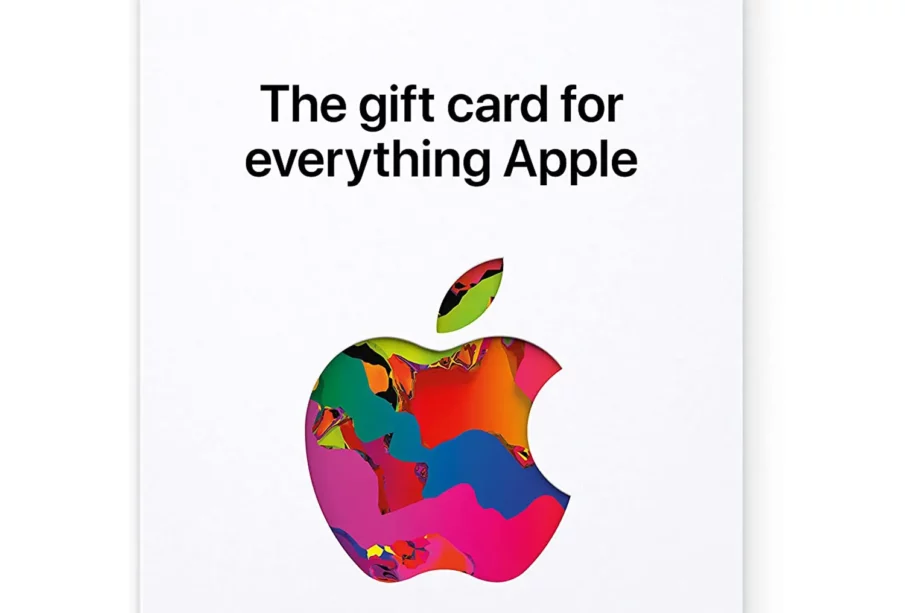Unveiling the Apple Card Savings Account: Its Impact and Implications for the Future of Traditional Banking

Apple is synonymous with innovation, constantly pushing boundaries to offer consumers the next big thing in tech. In line with their pioneering reputation, they introduced the Apple Card—a smart, secure, and seamless way to handle your finances. In this article, we will deeply delve into the intricacies of the Apple Card, specifically focusing on the Apple Card Savings Account and its implications for traditional banking institutions.
This innovative offering from Apple has already generated buzz in financial circles, and it’s worth investigating why. But before we can fully understand the impact, we need to grasp what the Apple Card and Apple Card Savings Account are in essence.
What is the Apple Card?
The Apple Card, launched in 2019, is a digital-first credit card developed by Apple Inc. in partnership with Goldman Sachs. The card was introduced as part of Apple’s broader strategy to diversify its revenue streams beyond device sales. As a digital-first card, it is integrated into the Apple Wallet app on iOS devices, allowing users to manage their accounts seamlessly and in real time.
The Apple Card Savings Account
Recently, Apple has expanded the services associated with the Apple Card by introducing the Apple Card Savings Account. This is a digital savings account that offers users the opportunity to earn attractive interest rates, further integrating their financial life into the Apple ecosystem.
The Apple Card Savings Account enables users to deposit funds, manage transactions, and earn interest, all within the Apple Wallet app. This seamless integration makes it a convenient option for those who already use the Apple Card or Apple Pay for their transactions.
Additionally, Apple’s robust security measures provide a significant level of assurance for users concerned about the safety of their funds. With biometric authentication and encryption techniques, Apple ensures the security of their customer’s financial data, adding an extra layer of trust.
What Does This Mean for Traditional Banks?
The introduction of the Apple Card Savings Account signifies a significant move in the banking industry. It’s indicative of a shift towards a digital-centric banking future and the increasing role of Big Tech in financial services.
For traditional banks, the advent of offerings like the Apple Card Savings Account represents both a challenge and an opportunity.
The Challenge
Traditional banks may face a threat in the form of customer attrition, primarily because tech companies like Apple can provide a seamless user experience, leveraging their tech expertise and existing customer base. Moreover, with the brand credibility and customer trust Apple already enjoys, users might be more willing to adopt their financial services.
Also, the convenience of handling multiple financial needs within one ecosystem might be particularly appealing to younger, tech-savvy generations. This could erode the customer base of traditional banks in the long run.
The Opportunity
However, this doesn’t mean the end of the road for traditional banks. The evolving landscape pushes these institutions to adapt, innovate, and collaborate. Partnering with tech companies, as Goldman Sachs did with Apple, can offer an avenue for traditional banks to transition into the digital banking realm.
Moreover, this situation can be an impetus for banks to improve their services, adopt advanced technologies, and revamp their user experiences to meet changing customer expectations.
Conclusion
In conclusion, the introduction of the Apple Card Savings Account underscores the growing convergence of technology and finance. While this poses challenges to traditional banks, it also nudges them towards necessary innovation and evolution. The future of banking seems set for a digital revolution, and it’s intriguing to watch as the roles of tech companies and traditional banks continue to evolve in this financial landscape.
It’s also worth noting that with its user-friendly features, robust security measures, and seamless integration within the Apple ecosystem, sets a high benchmark for future financial products. As more tech companies potentially enter the banking sector, we can expect an exciting era of financial innovation.














